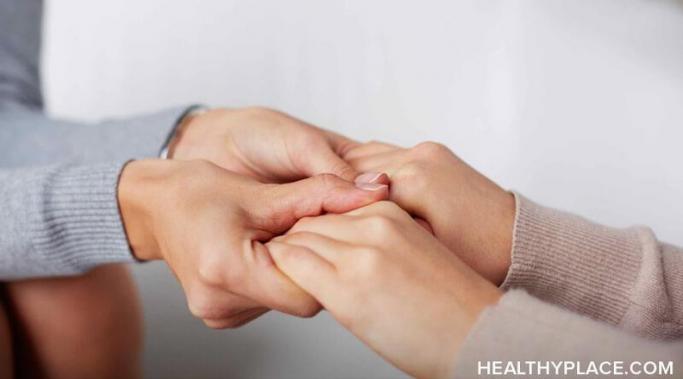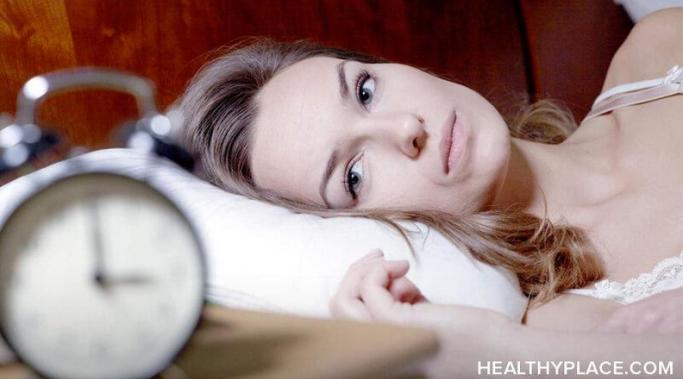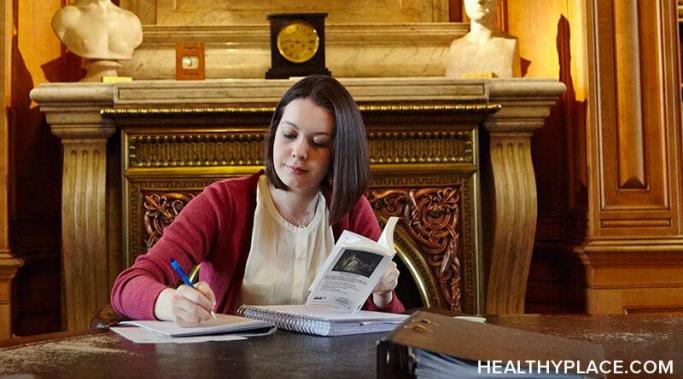Reducing anxiety can be a frustrating process. If you make progress and have setbacks, know that it's not a problem with you. It's normal and a part of overcoming anxiety. This doesn't mean, however, that you have to resign yourself to slow progress and stumbling blocks. What if you could do the things you already do with some success and make them work even better and more efficiently? When it comes to reducing anxiety, it's not just what you do but how you do it that can make a positive difference.
Anxiety Management – Anxiety Schmanxiety
Having an anxiety-free zone in the place where you spend a lot of time, often your home, is a way to reduce anxiety. When you create a dedicated space where you can let go of worries, what-ifs, fears, and stress, you give yourself a wonderful gift. Just knowing that you have a haven available to decompress and intentionally replace the negative with the positive can keep you going through times of stress and anxiety. The following eight ideas can turn your home--the entire dwelling, a room, or even a corner--into an anxiety-free zone.
I have a lot of friends who are mentally ill. It isn’t that I seek them out, or have “mental illness” as a prerequisite for associating with me – fate has just dictated that most of my closest friends, like myself, have been touched with some sort of mental disorder. I doubt that I’m alone here – if what we seek in friendships is familiarity, being drawn to those with mental illness makes sense, even if we aren’t aware our friend is mentally ill at all.
I'm feeling like an insomniac this week. I've written in the past about what to do when anxiety keeps you awake. At that point I was writing with some distance -- this week, however, I've found myself unable to sleep well almost every night.
Anxiety messes with memory. Have you ever worried about something that happened in the past? Have you fretted about something you did or didn't do that "probably" caused a current problem? Have you laid in bed, tossing in turning, running situations, conversations, and mistakes through your mind nonstop? These are some examples of anxious memories and how they can take over. You can regain control by resetting these anxious memories.
Harnessing the power of visualization can help you live an anxiety-free life. The previous post explored how visualization works. Visualization speaks to the brain on a deep level. Images and other imagined sensory input cause brain chemistry and neurological activity to react as if the imagined experiences were real. Further, the brain holds onto them for lasting change. While there are not strict rules, there are techniques that increase the effectiveness of visualization for creating and living an anxiety-free life. The following six tips can help you create a visualization practice for reducing anxiety.
It can be hard to see beyond anxiety to picture a life without that anxiety. When anxiety grips us and we can't wriggle free, it's common to feel trapped, stuck, and frustrated. When you want a life without anxiety but can't seem to be able to move toward it, add visualization to the other things you're already doing to reduce anxiety. According to experts in many fields (among them sports, business, psychology, and biology), picturing yourself living a life without anxiety helps you realize that vision.
Finding little things to reduce your anxiety can be an immeasurable help. Far too often, I think, we go right to the big picture problems. Unfortunately, in the case of anxiety, our big picture problems can’t actually be solved (there is no cure for anxiety), and even when they can be treated, it can take months or even years. Finding little things to help here and now can help you get through the difficult times, day by day.
Anxiety lessons come in all forms and sizes. Wisdom about anxiety, ways to understand it so we can begin to create our quality lives without delay, can come from from a plethora of sources. We can even gain insight into anxiety by looking way back into the past. Gems of wisdom from fables written nearly 3000 years ago by a man named Aesop can teach us helpful little anxiety lessons.
I’ve always thrived in the cold weather. No heat, no humidity, watching the snow fall from my front window – these are things I look forward to every year. That being said, I understand millions feel the exact opposite, and in fact, many feel a heightened sense of anxiety during this time.









